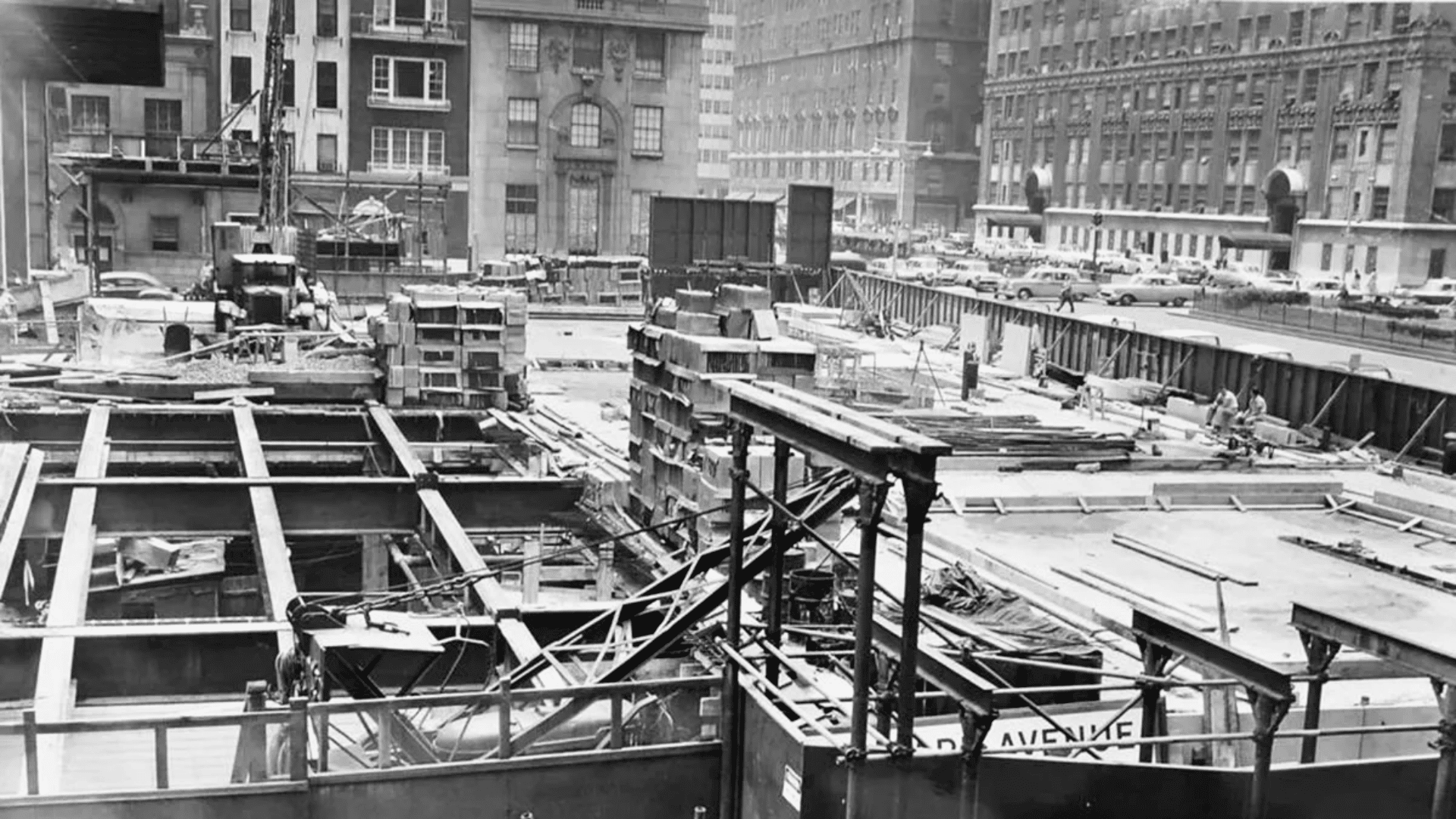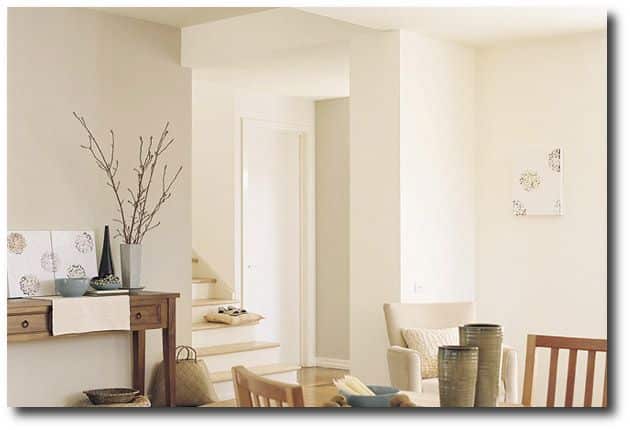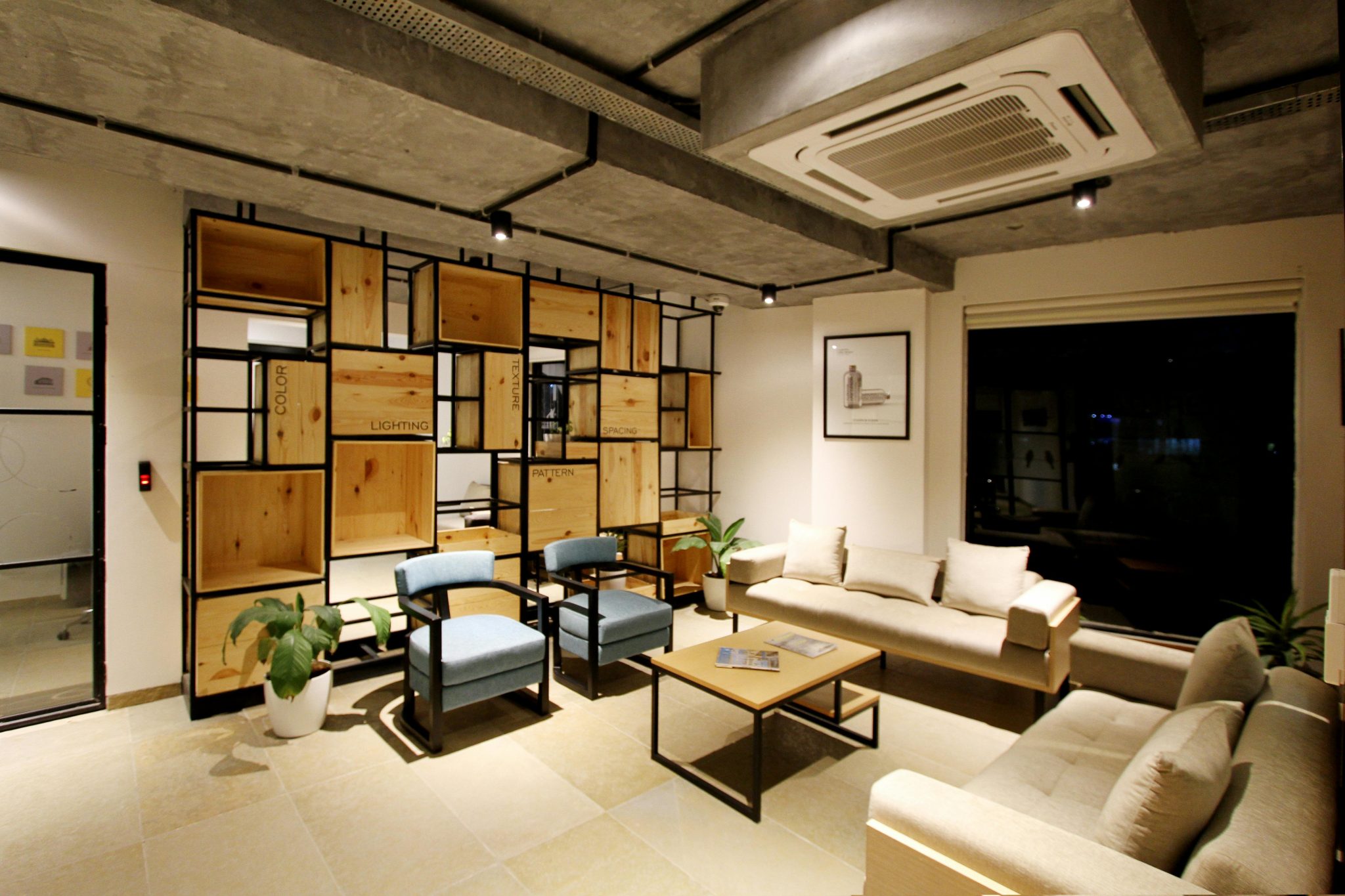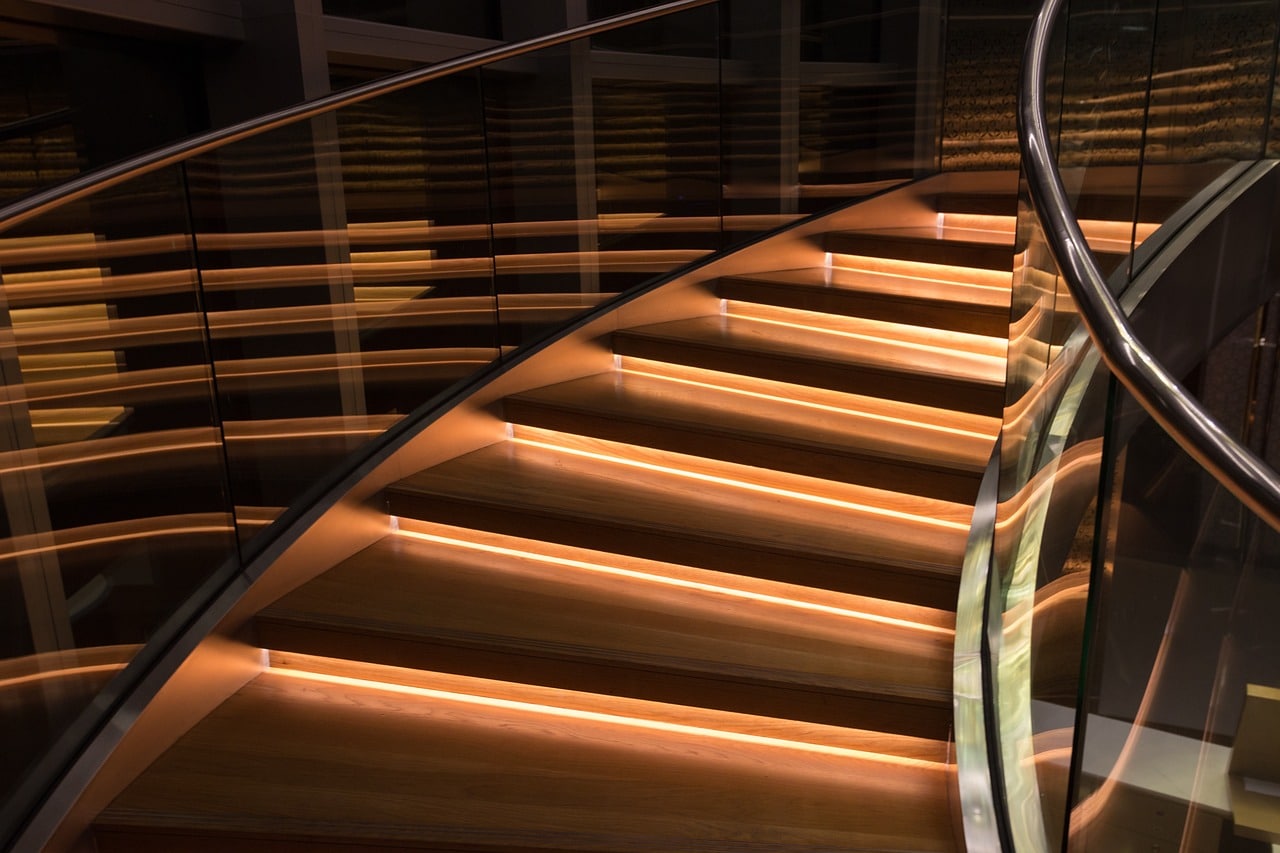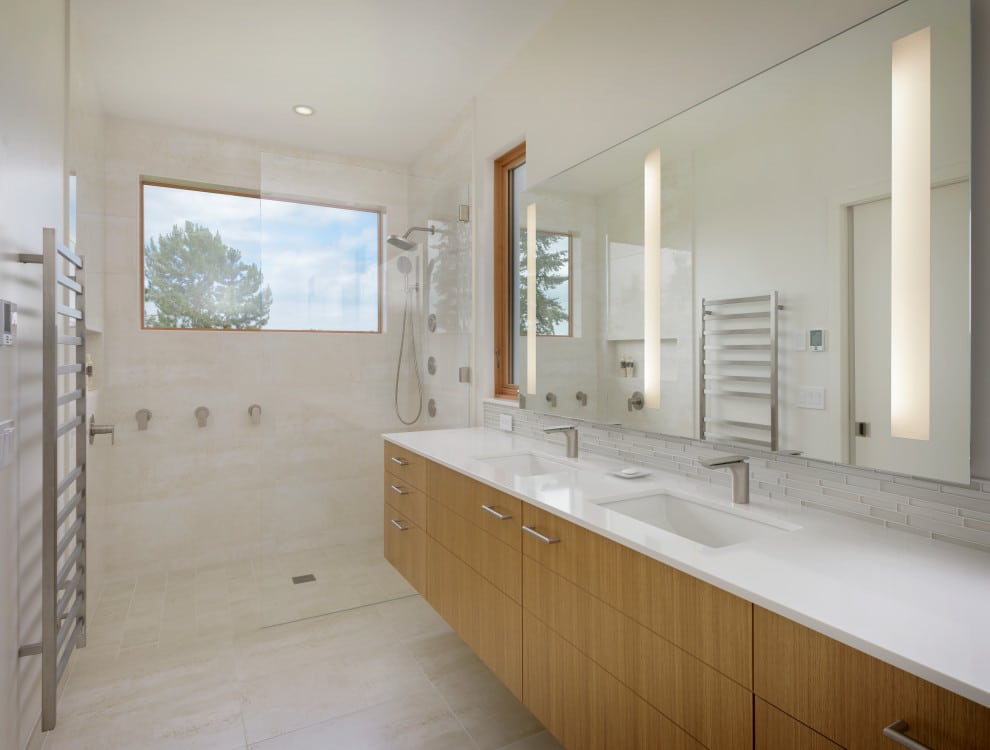1960s Architecture: Key Styles and Lasting Impact
The 1960s was a time of change, and architecture reflected that shift.
Buildings became more than just structures; they showed new ideas, technology, and cultural movements.
During this time, architecture moved from Modernism’s clean, simple designs to Brutalism’s bold, raw style. Postmodernism also started, bringing in playful, colorful designs.
These changes in architecture were a sign of how people were thinking differently about space, design, and the future.
In this blog, we’ll look at key styles, features, and architects of the 1960s.
We’ll also see how these changes have left a lasting impact on architecture today.
Key Architectural Styles of the 1960s
1. Modernism
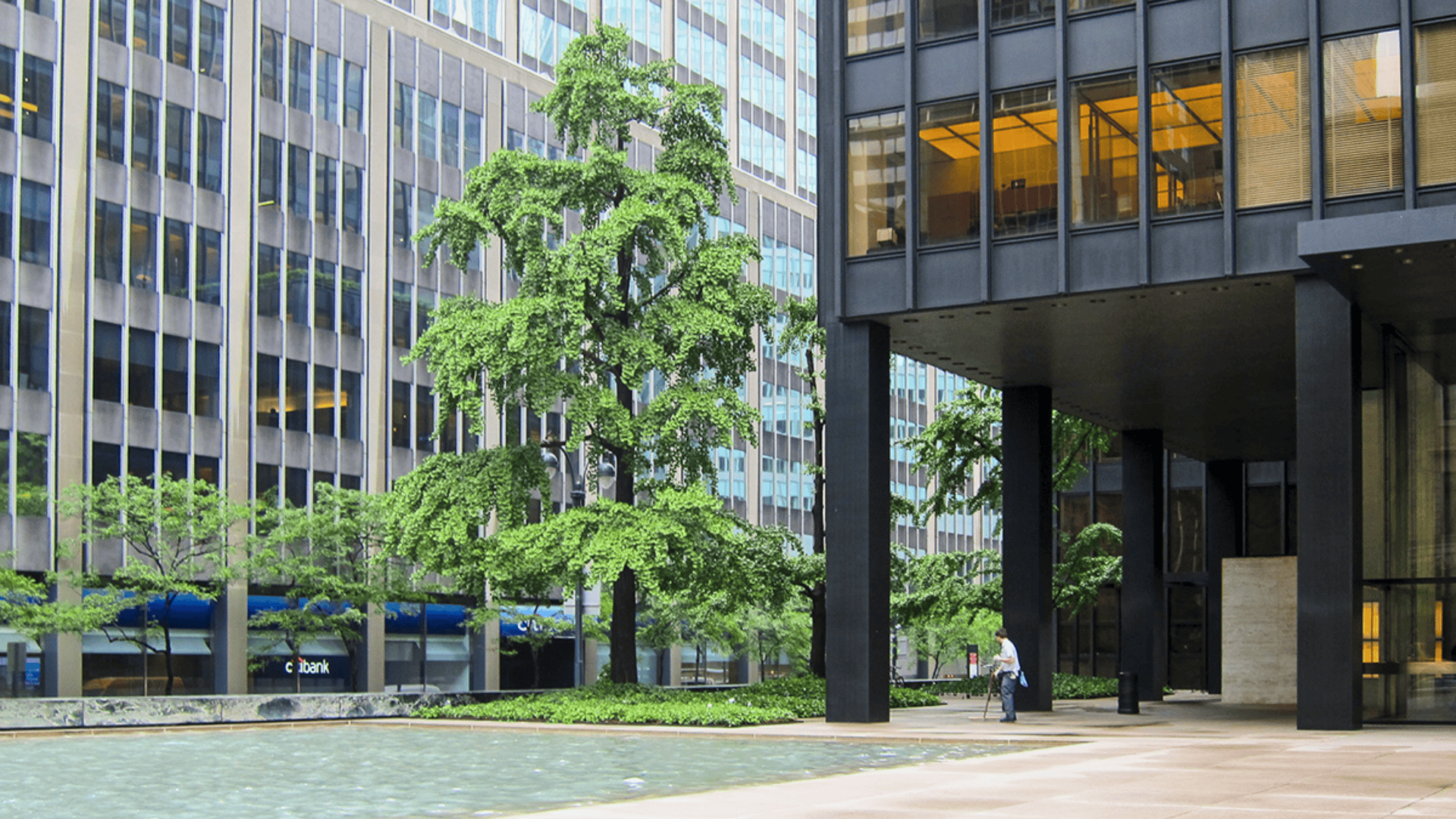
Modernism in the 1960s built on ideas from earlier in the 20th century. It focused on making buildings useful and simple.
Every part of a design had a reason for being there, with no extra decoration. The goal was to create open, flexible spaces that were easy to use.
Modernism also used new materials and building methods that allowed for more creative designs. Concrete, glass, and steel were commonly used instead of traditional materials like brick and wood.
These materials helped create clean, simple looks and allowed for bigger windows and more open spaces.
Glass, in particular, helped connect the inside of buildings to the outside, making them feel more open and bright.
Key Examples:
- The Seagram Building (New York): A sleek, modern office building made of steel and glass.
- The Guggenheim Museum(New York): A unique, spiraling structure by Frank Lloyd Wright.
- The Chicago Public Library: A blend of concrete and glass with modern design elements.
2. Brutalism
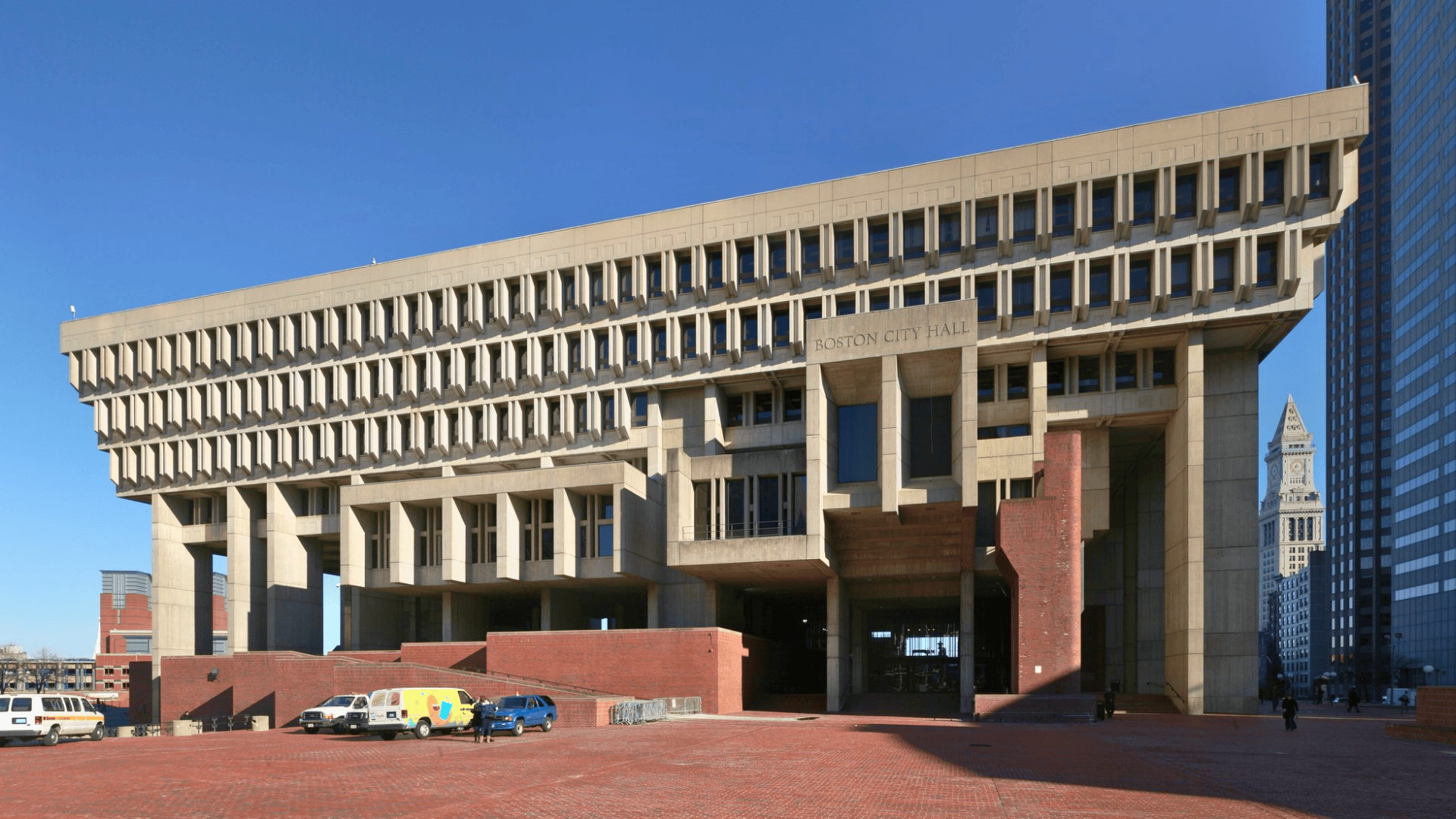
Brutalism emerged as a reaction against Modernism’s clean, sleek designs. It focused on raw, exposed concrete and bold geometric shapes.
Buildings were often massive and imposing, with a strong sense of solidity and permanence.
The style became popular for civic buildings, universities, and government structures.
Brutalism was seen as a way to express strength and practicality. It was often chosen for its cost-effectiveness and ability to make a lasting impression.
Brutalist designs often featured sharp angles, rugged surfaces, and large, block-like structures that made a strong statement in urban landscapes.
Key Examples:
- Boston City Hall (Boston): Known for its heavy, angular concrete design.
- The Barbican Centre (London): A large complex of brutalist architecture with concrete walkways and sharp angles.
- The National Theatre (London): A prominent example of Brutalism with its raw concrete exterior and bold forms.
3. Mid-Century Modern
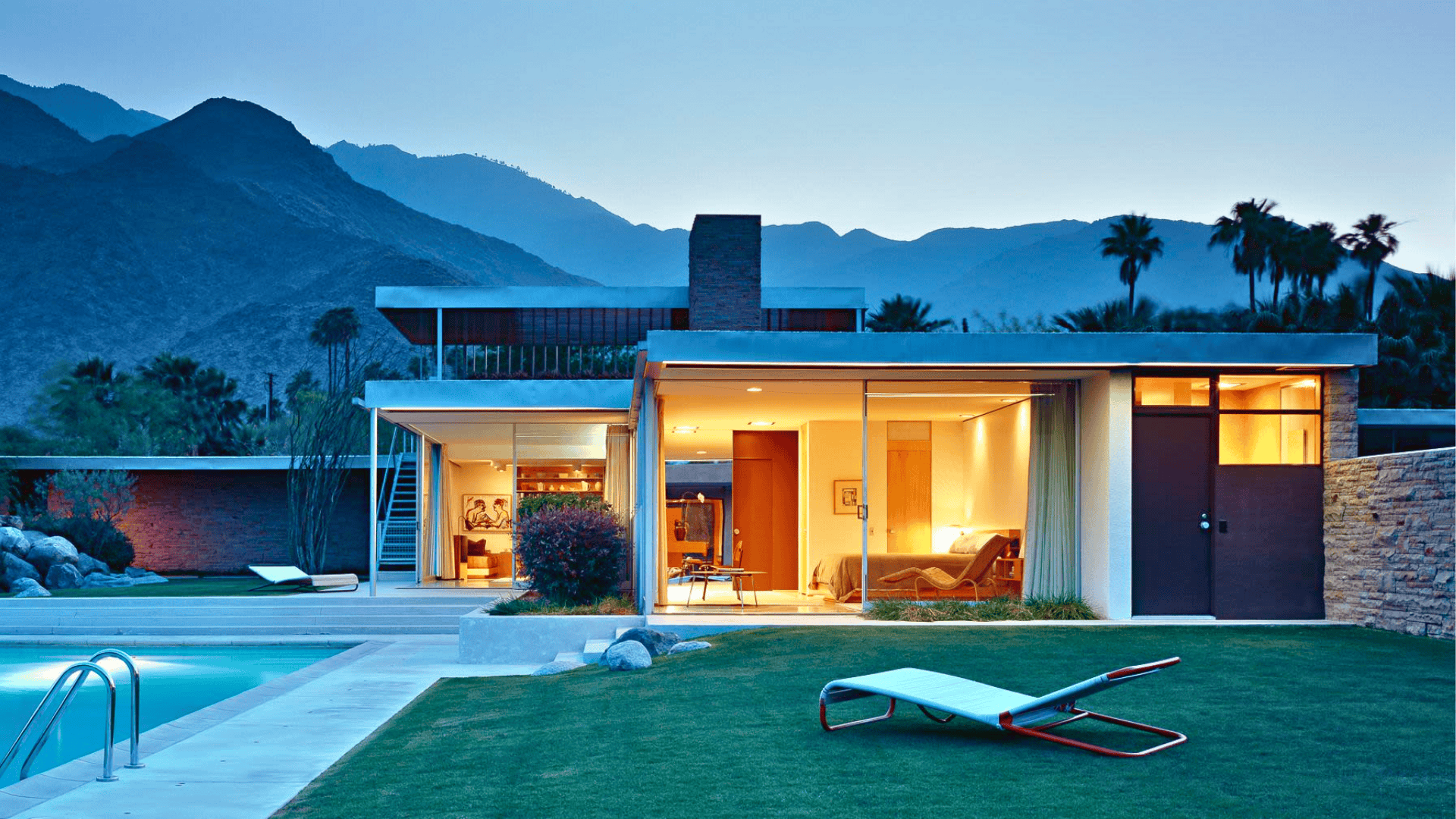
Mid-Century Modern architecture refined and further evolved from the 1950s.
It focused on open spaces, bringing the outdoors inside and creating a sense of freedom within the design.
Large windows were a key feature, allowing for natural light to fill the spaces and creating a connection between the home and nature.
The designs often included horizontal lines, flat roofs, and clean, simple structures that blended with the landscape.
The style promoted a casual lifestyle with flexible, open floor plans and a smooth flow between indoor and outdoor areas.
Key Examples:
- Eichler Homes (California): Famous for their integration with nature, open layouts, and glass walls.
- The Kaufmann House (California): Designed by Richard Neutra, featuring large glass walls and a connection to the surrounding desert landscape.
- The Glass House (Connecticut): A transparent home designed by Philip Johnson that blends perfectly with its environment.
4. Googie Architecture
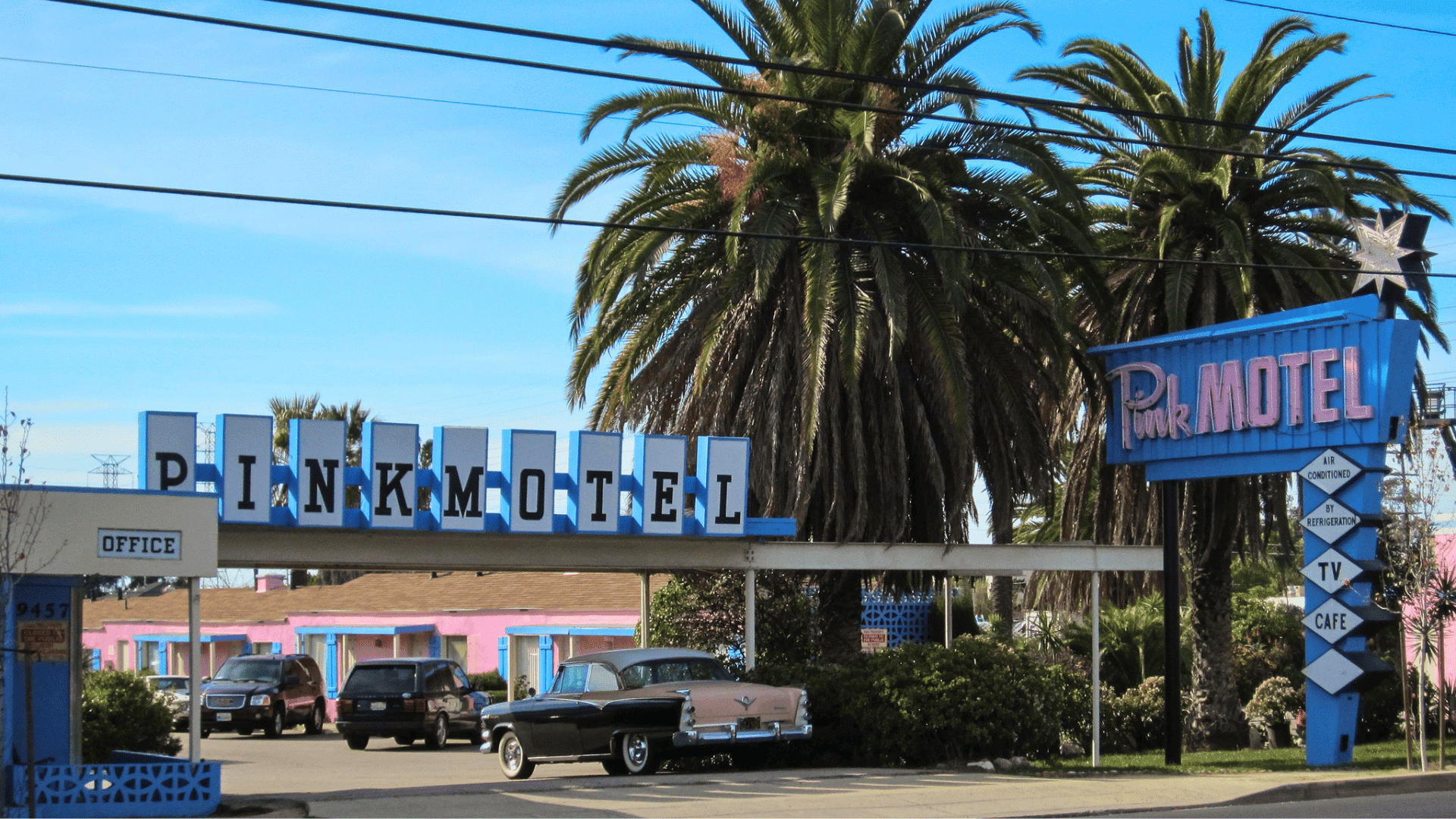
Googie architecture featured futuristic and playful designs influenced by the Space Race and Atomic Age.
It was known for its bold angles, neon signs, and vibrant color schemes.
The style became popular in roadside architecture, including diners, motels, gas stations, and other buildings meant to catch the attention of travelers.
Googie designs aimed to stand out and reflect the optimism of the era, often incorporating elements that suggested movement and energy.
Key Examples:
- The Theme Building at Los Angeles International Airport (LAX): A striking structure with futuristic design elements.
- The Pink Motel (Los Angeles): An iconic example of Googie design with bright neon colors and bold shapes.
- Johnie’s Coffee Shop (Los Angeles): A popular diner known for its dramatic use of angles and vibrant colors.
5. Postmodernism (Early Stages)
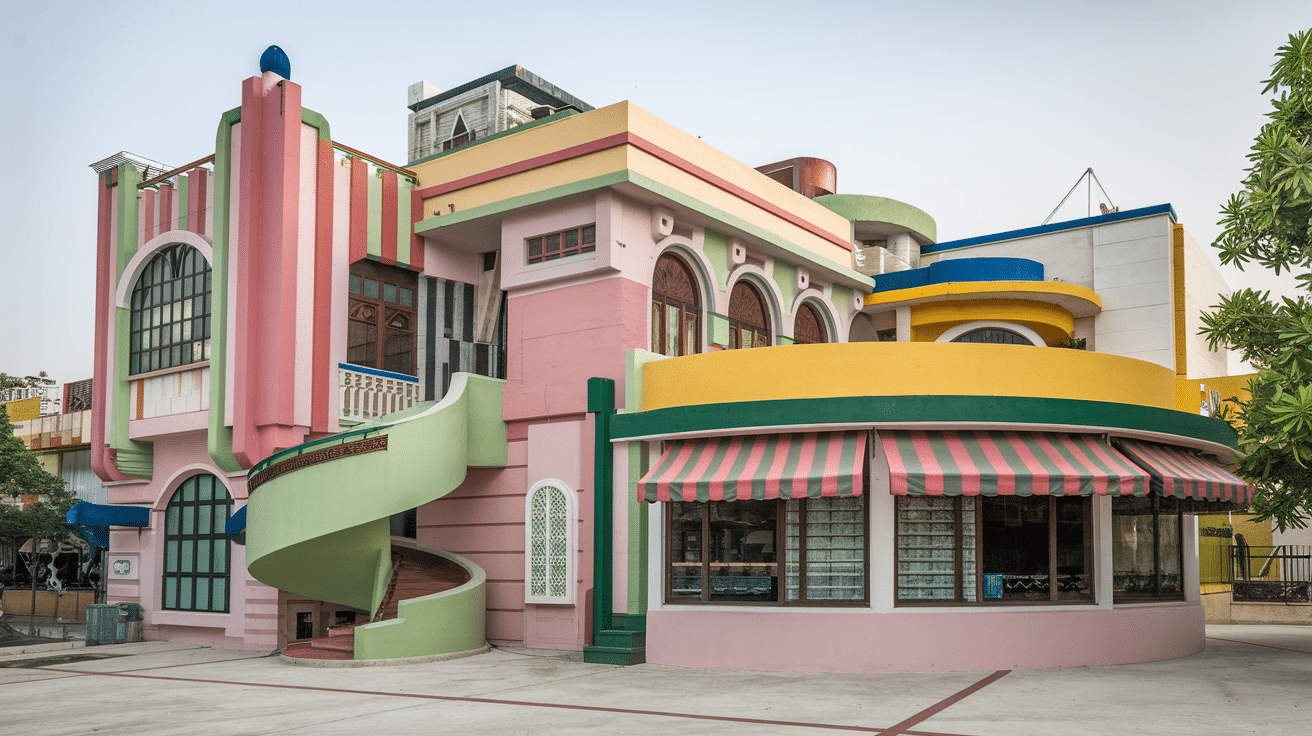
Postmodernism marked a break from the functionalism of Modernism.
It introduced broader design elements, using a mix of styles, and often featured playful use of color and ornamentation.
In contrast to Modernism’s minimalist approach, Postmodernism rejected the idea of “less is more” in favor of decorative elements and fun design.
This early stage of Postmodernism can be seen in some 1960s buildings, where designers began experimenting with more colorful, elaborate, and expressive forms.
Notable Features in 1960s Architecture
1. Open-Plan Living
There was a clear shift towards more fluid living spaces in the 1960s.
Designers focused on creating a connection between indoors and outdoors, bringing nature into the home.
Larger windows and sliding glass doors were used to let in more natural light and blur the line between the home and its surroundings.
Minimal partition walls created a sense of openness, making spaces feel more expansive and airy.
This style also emphasized the integration of kitchens, dining rooms, and living rooms into a unified area.
It allowed for easier movement and a more casual, social atmosphere in the home.
2. Innovative Materials
In the 1960s, architects started using new materials like plastic, metal, and concrete. These materials allowed for more creative and innovative architectural designs.
Modular and prefabricated elements became more common, making construction faster and more efficient.
New technologies, like air conditioning, better insulation, and synthetic materials, helped improve comfort and energy efficiency in buildings.
3. Ranch Style Homes
Ranch-style homes became the dominant style for suburban living in the 1960s.
These homes featured flat roofs, wide windows, and low, extended designs that blended with the landscape.
The style highlighted a strong connection to nature, with open spaces and easy access to outdoor areas.
Ranch homes were designed for functional living with modern amenities, offering comfort and practicality for families.
Iconic Buildings of the 60s
1. Pompidou Centre (Paris)
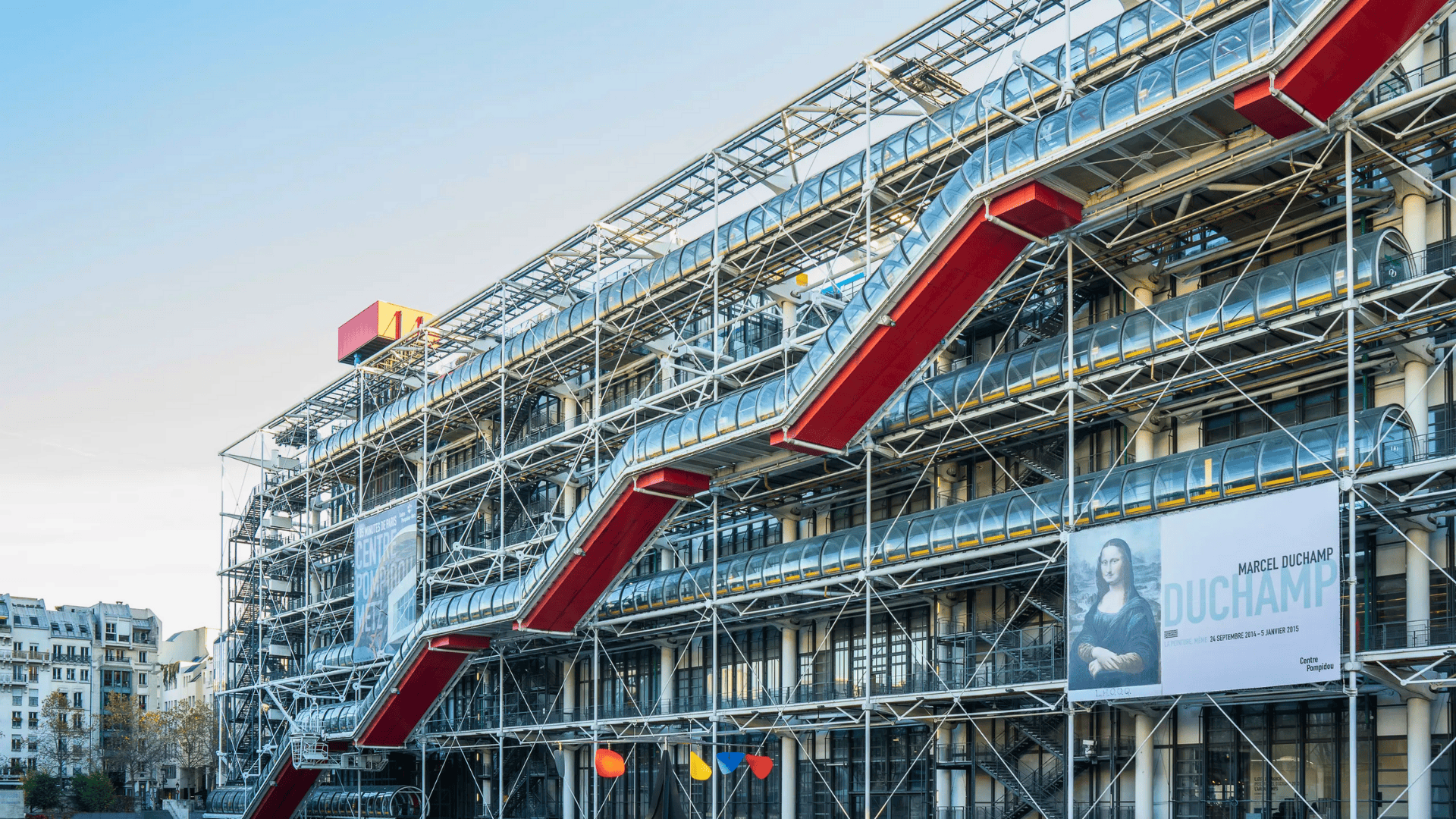
Designed by Richard Rogers and Renzo Piano, the Pompidou Centre was a groundbreaking structure in the 1960s.
Its exposed structural elements and industrial design challenged traditional architectural styles, reflecting the era’s acceptance of new ideas and technologies.
2. World Trade Center (New York)

The World Trade Center, designed by Minoru Yamasaki, became a symbol of modernity with its sleek glass-and-steel design.
It represented the forward-thinking approach to architecture in the 1960s, where clean lines and functional spaces were prioritized.
3. John Hancock Center (Chicago)
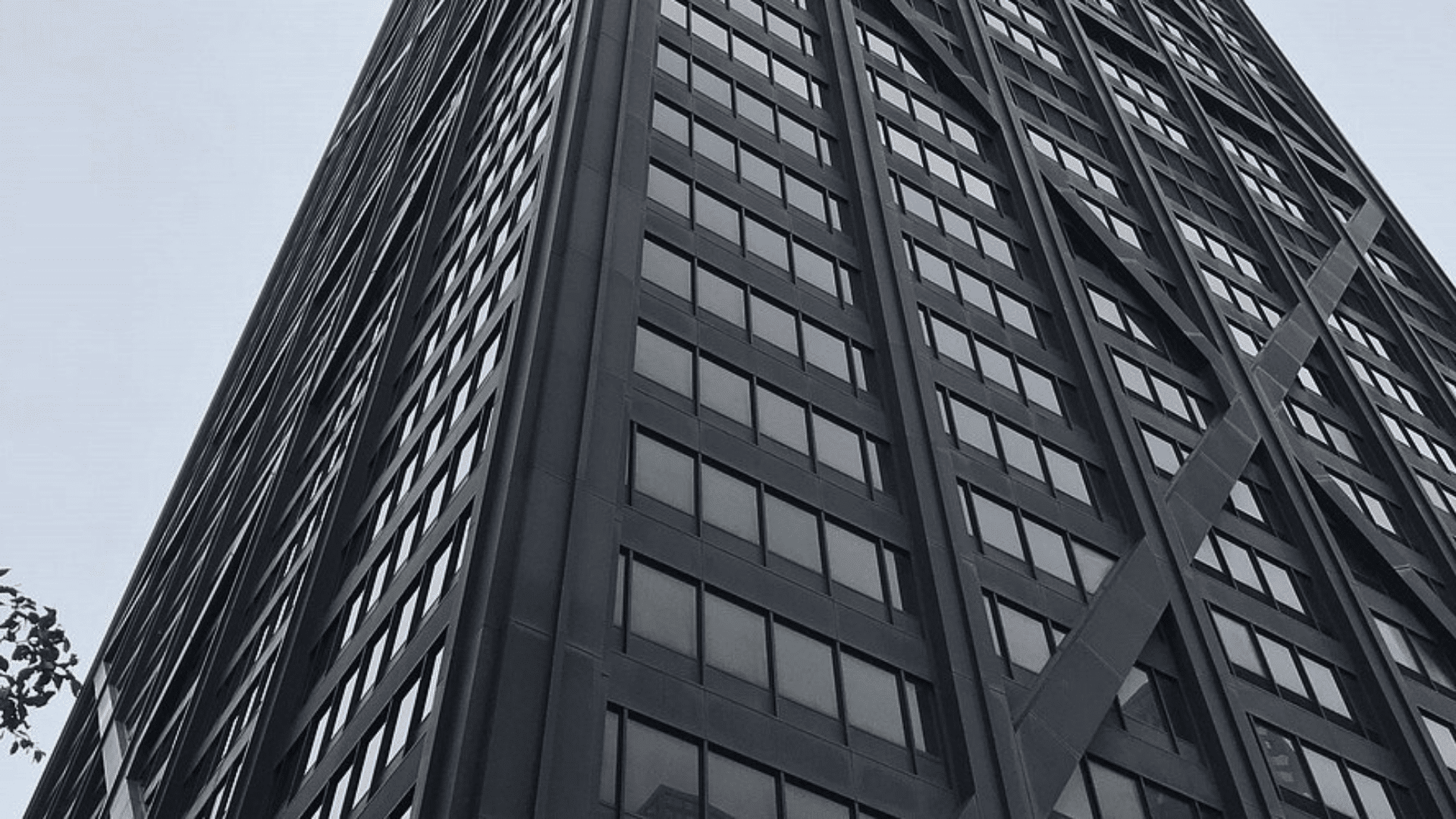
The John Hancock Center, with its innovative use of steel and glass, redefined skyscraper design.
This building became a key part of the Chicago skyline, showcasing the 1960s focus on bold, modern structures that highlighted both form and function.
4. Guggenheim Museum (New York)
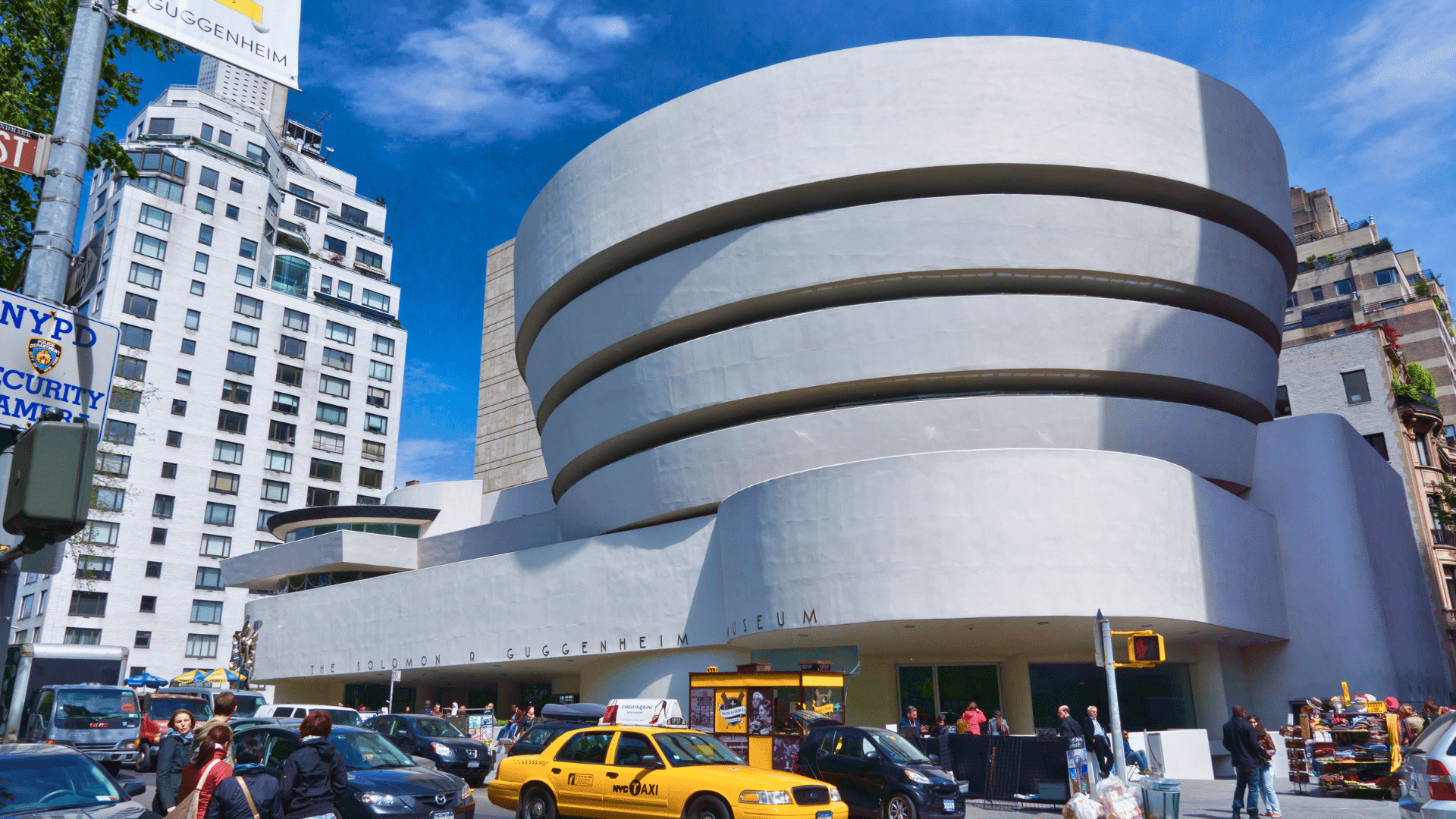
Frank Lloyd Wright’s Guggenheim Museum broke away from traditional museum designs with its spiraling form.
The building’s unique design and open interior represented the era’s shift toward more dynamic, organic structures.
5. Fallingwater (Pennsylvania)
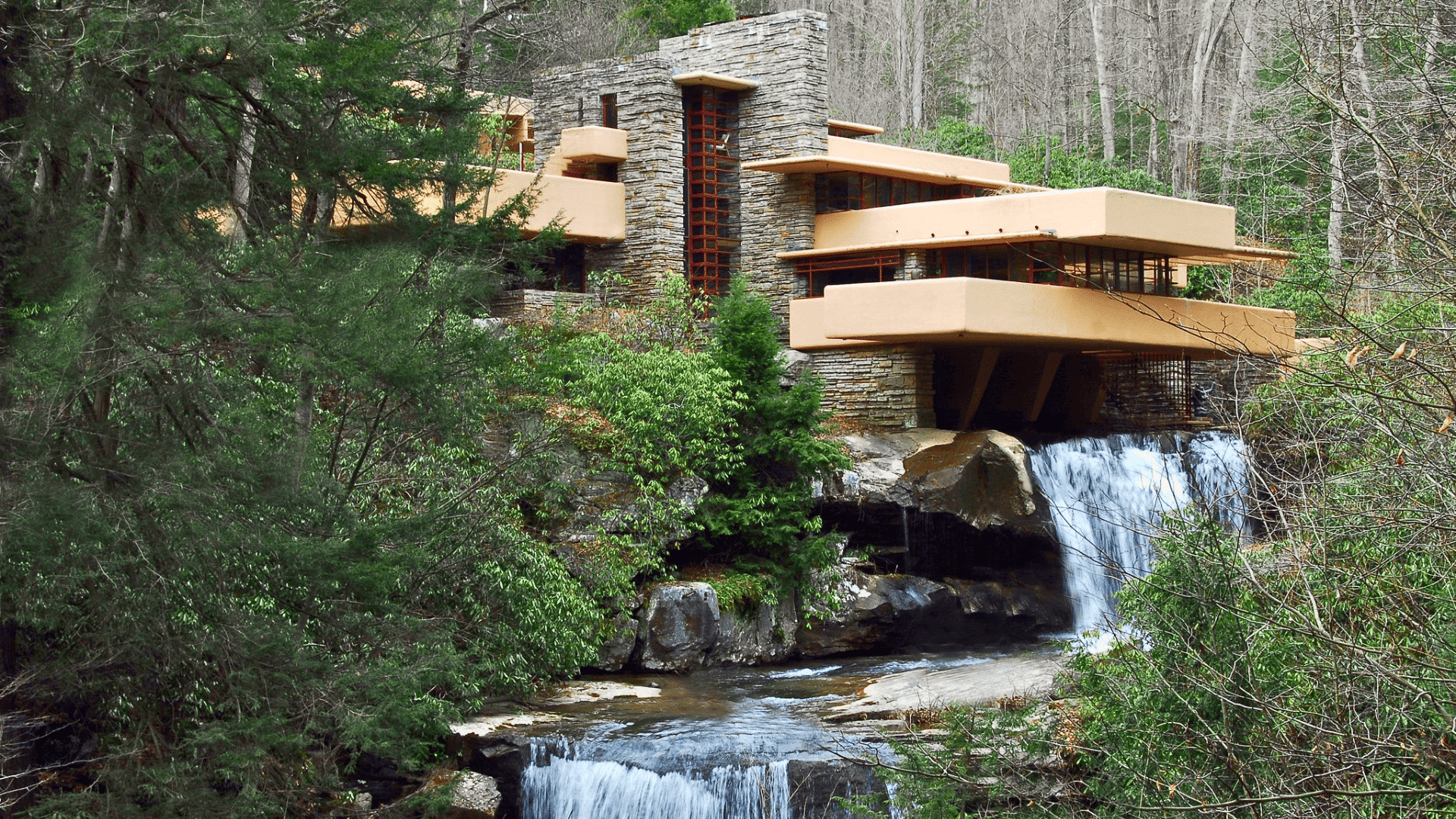
Fallingwater, also designed by Frank Lloyd Wright, is a perfect example of organic architecture.
Blending smoothly with its natural surroundings, this building highlighted the 1960s idea of creating structures that connected with nature and the environment.
Notable Architects of the 1960s
Minoru Yamasaki
Minoru Yamasaki is best known for designing the World Trade Center in New York. His high-rise buildings, which used glass and steel, were sleek and modern.
They became symbols of the 1960s and focused on clean, simple designs.
Louis Kahn
Louis Kahn was famous for his large, bold Brutalist buildings. His work, like the Salk Institute, often used raw concrete, creating strong, lasting structures.
His designs were a big part of the Brutalist movement in the 1960s.
Eero Saarinen
Eero Saarinen’s designs were known for their smooth curves and bold shapes.
He designed famous structures like the TWA Flight Center and the Gateway Arch, which stood out because of their unique, flowing forms.
Richard Rogers
Richard Rogers was an important figure in high-tech architecture and the early stages of Postmodernism.
His designs, such as the Pompidou Centre, used exposed structures and industrial materials, helping shape the futuristic look of the 1960s.
Charles and Ray Eames
Charles and Ray Eames were influential in both furniture design and architecture.
Their work, which focused on simplicity and practicality, helped shape modern design in the 1960s and continues to inspire architects today.
Interior Design of 1960s Homes
Interior design in the 1960s focused on creating fluid, open spaces. Living areas were designed to flow smoothly into one another, encouraging an open, airy feel.
One standout feature was the sunken living rooms, which added a unique depth and cozy atmosphere.
Bold design elements like wood paneling and statement lighting helped create a warm and inviting space.
The Mid-Century Modern influence was clear, with clean lines, functional furniture, and minimalist decor. This style highlighted simplicity while still being stylish and comfortable.
Bold, contrasting colors and textures were used in fabrics, rugs, and furniture. This gave rooms a lively, dynamic feel, making them both functional and eye-catching.
Another trend was the rise of modular furniture that could easily be rearranged to fit different needs, making homes more flexible and adaptable.
The Influence of 1960s Architecture
The 1960s had a lasting impact on architecture, influencing movements like Postmodernism in the 1970s and beyond.
Postmodernism took inspiration from the boldness and playfulness seen in 1960s designs, combining different styles and colors.
Mid-Century Modern and Ranch-style homes continue to be popular today, especially in suburban homebuilding.
These styles are loved for their open layouts and connection to nature, which still appeal to modern homeowners.
Brutalism also left its mark, with its strong, raw designs continuing to influence government buildings, museums, and public spaces. The style is still seen as a symbol of strength and practicality.
There are also ongoing preservation efforts to protect iconic 1960s structures, ensuring that these buildings remain important cultural landmarks.
Their unique designs remind us of the bold, forward-thinking spirit of the 1960s.
Conclusion
The 1960s introduced major architectural movements like Modernism, Brutalism, Mid-Century Modern, Googie, and early Postmodernism.
Each style played a crucial role in shaping modern design and the way we build today.
Architecture from this era made buildings more open, bold, and connected to their surroundings.
The unique designs of the 1960s still influence contemporary architecture, reminding us of how design changes over time.
It’s important to appreciate and preserve the architecture from the 1960s as it continues to inspire future designs.
If you enjoyed this post, check out our other blogs for more content on architecture and design!

